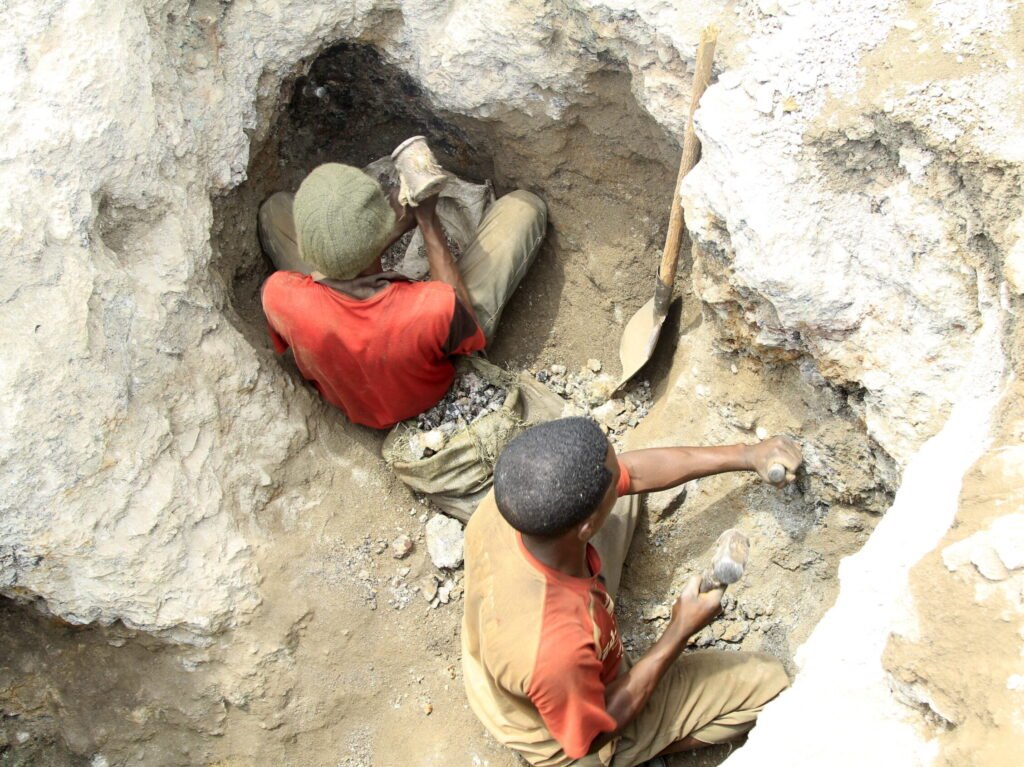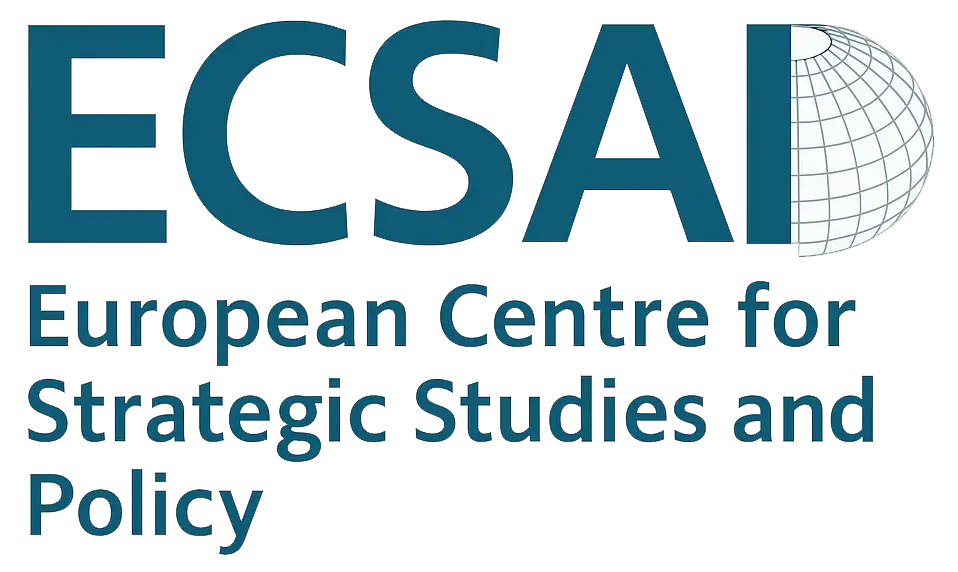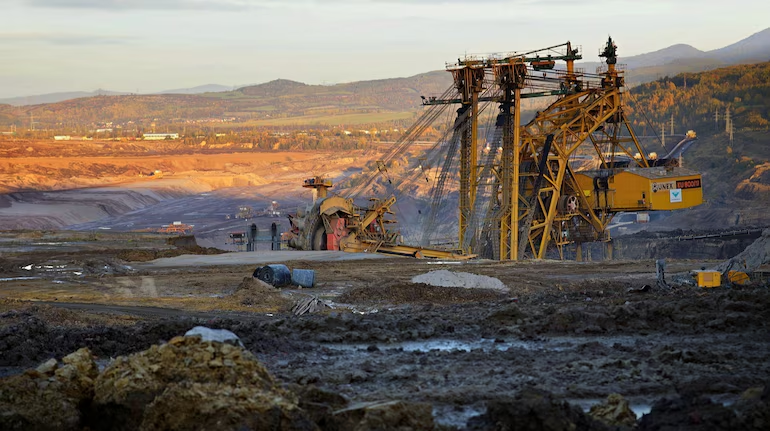
Executive Summary
As global demand for cobalt, copper, lithium, and other critical minerals accelerates, Africa has become central to the global energy transition and supply chain diversification. The continent’s mineral wealth presents a double-edged opportunity: to attract investment and fuel growth, while also risking governance failures, environmental degradation, and health crises.
This report argues that public health must be elevated as a strategic priority in mining investments. Historically, Africa’s mining sector has carried a troubled public health legacy—ranging from occupational hazards to infectious disease outbreaks in mining communities. Today, with unprecedented geopolitical and financial attention, there is an opening to align mining-driven development with health system strengthening.
By integrating health into mining policy, African governments, investors, and companies can ensure sustainable growth, differentiate themselves in a crowded geopolitical landscape, and deliver lasting benefits to local populations.
1. Africa’s Critical Minerals Moment
- Booming Demand: Cobalt, copper, lithium, manganese, and rare earths are essential for batteries, EVs, wind turbines, and solar technologies.
- Geopolitical Context: Western governments, China, and emerging players are competing to secure supply chains; initiatives such as the Lobito Corridor underscore Africa’s strategic role.
- Opportunities: Beyond royalties and GDP contributions, this wave of investment can catalyze infrastructure, health, and human capital development.
- Risks: Without safeguards, mining could deepen inequalities, degrade environments, and perpetuate the “resource curse.”
2. Mining and Public Health: A Legacy of Neglect
Mining across Africa has historically been linked with:
- Occupational Risks: Silicosis, respiratory disease, injuries, toxic exposures.
- Community Health Threats: Displacement, water contamination, poor sanitation.
- Infectious Diseases: Tuberculosis, HIV/AIDS, and more recently Ebola outbreaks have been amplified in mining zones.
- Systemic Weaknesses: Limited surveillance, underfunded clinics, and weak worker protections.
These failures eroded trust between communities, governments, and companies—contributing to social unrest and reputational risks for investors.
3. A Strategic Opening for Change
The current wave of global geopolitical competition and investment capital creates a unique opening to embed health as a core pillar of mining-driven growth.
- Differentiation Strategy: Investors and companies that integrate health priorities can distinguish themselves from competitors, particularly in comparison with actors that focus narrowly on resource extraction.
- Regional Security: Public health resilience reduces the risk of epidemics that disrupt mining operations and cross-border trade.
- License to Operate: Demonstrated health commitments improve community relations and reduce operational disruptions.
4. Case Spotlight: The Lobito Corridor
- Overview: A strategic trade and transport corridor linking Angola, Zambia, and the DRC, supported by Western-backed investments to diversify mineral flows away from Chinese dominance.
- Public Health Implications:
- Cross-border workforce mobility raises infectious disease risks.
- Corridor development provides a platform for regional health cooperation and shared surveillance systems.
- Integration of health infrastructure (clinics, labs, sanitation facilities) into corridor planning could yield long-term dividends.
The Lobito Corridor represents how mining and logistics investments can double as health system accelerators, if designed with foresight.
5. Policy and Governance Challenge
- Weak Institutional Capacity: Limited regulation, fragmented ministries, and corruption undermine oversight.
- Financing Gaps: Health spending rarely earmarked in mining agreements.
- Community Engagement Deficits: Insufficient consultation fuels mistrust and opposition.
- Global Competition Pressures: Risk of a “race to the bottom” where governments lower standards to attract investment.
6. Recommendations
For African Governments
- Integrate Health into Mining Policy: Require health impact assessments (HIAs) alongside environmental reviews.
- Earmark Revenues for Health: Dedicate a share of royalties and taxes to local health systems.
- Strengthen Regional Cooperation: Establish cross-border health surveillance in corridors like Lobito.
For Investors and Mining Companies
- Adopt Health-First ESG Standards: Make health investments a visible pillar of ESG commitments.
- Partnership with Ministries of Health: Fund clinics, surveillance, and workforce health programs.
- Transparency and Reporting: Publicly report health outcomes alongside financial and environmental performance.
For the EU and International Partners
- Leverage Global Gateway: Ensure EU-backed mining investments integrate health system strengthening.
- Support Standards and Taxonomies: Promote global norms requiring public health safeguards in mining finance.
- Fund Project Preparation Facilities: Ensure health infrastructure is designed into corridors from the outset.
Conclusion
Africa’s mineral wealth can power the world’s clean energy transition. But unless public health is prioritized as a strategic pillar, mining risks repeating the failures of the past.
ECSAP’s analysis highlights a simple truth: sustainable mining and resilient health systems are not competing priorities—they are mutually reinforcing. Governments, companies, and investors that grasp this will not only unlock minerals, but also unlock legitimacy, stability, and long-term prosperity for African communities.





